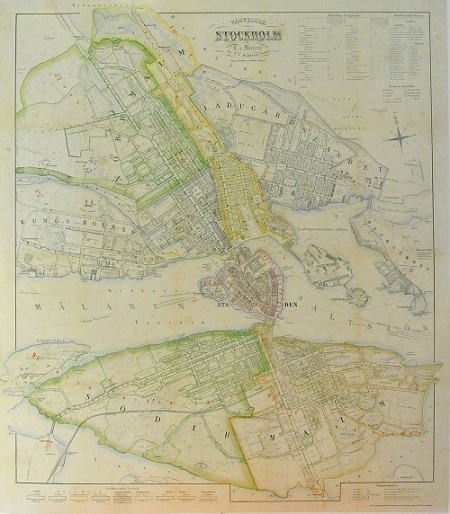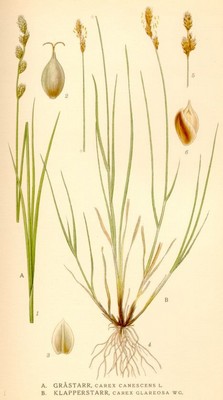NICOLAUS GERMANUS.
Often called 'Donis' from a misapprehension of the title 'Donnus' or 'Donus' an abbreviated form of 'Dominus.
A fifteenth-century cartographer, place of birth, and date of birth and death unknown. The first allusion to him of authentic date is an injunction of Duke Borso d'Este (15 March, 1466) to his referendary and privy counselor, Ludovico Casella, at Ferrara, to have the 'Cosmographia of Don Nicolò' thoroughly examined and then to determine a recompense for it. The duke, on the thirtieth of the same month, called upon his treasurers for 100 florins in gold 'to remit as a mark of his appreciation to Donnus Nicolaus Germanus for his excellent book entitled 'Cosmographia''. On 8 April, 1466, the duke again drew thirty golden florins to present to the Rev. Nicolaus, who 'in addition to that excellent Cosmography' (ultra illud excellens Cosmographie opus) had dedicated to the duke a calendar made to cover many years to come ('librum tacuini multorum annorum'). The 'Cosmographia' as preserved in the Bibliotheca Estensis at Modena comprises a Latin translation of the Geography of Ptolemy with maps. The version of the geographical text is substantially the same as that dedicated in 1410 to Pope Alexander V by Jacopo Angelo, a Florentine. In the execution of the maps, however, Nicolaus, instead of adhering to the flat projection of Ptolemy, chose what is known as the 'Donis-projection', because first worked out by him, in which the parallels of latitude are equi- distant, but the meridians are made to converge towards the pole. He likewise introduced new modes in delineating the outlines of countries and oceans, mountains and lakes, as well as in the choice of cartographic proportions. He reduced the awkward size to one which was convenient for use; the obscure and often unattractive mode of presentation he replaced by one both tasteful and easily intelligible; he endeavored to revise obsolete maps in accordance with later information and to supplement them with new maps. While his first recension embraced only the twenty-seven maps of Ptolemy (one map of the world, ten special maps of Europe, four of Africa, twelve of Asia), the second comprised thirty (including in addition modern maps of Spain, Italy, and the Northern countries: Sweden, Norway, and Greenland). The last-named enlarged recension he dedicated as priest to Pope Paul II (1464-71). He dedicated to the same pontiff his third recension, containing thirty-two maps, adding modern maps of France and the Holy Land. The works of the German cartographer were of great value in diffusing the knowledges of Ptolemy's Geography. The first recension, probably the very copy in the Lenox Library (New York), is the basis of the Roman editions of Ptolemy bearing the dates 1478, 1490, and 1507; on the third, certainly the copy preserved in Wolfegg Castle, are based the Ulm editions of 1482 and 1486. By combining the Roman and Ulm editions Waldseemüller produced the maps of Ptolemy in the Strasburg edition of 1513, which was frequently copied. The modern map of the Northern countries, made by Claudius Clavus, which Nicolaus embodied in his second recension of Ptolemy, was perhaps the source of the Zeni map which had such far-reaching influence, and likewise of the maritime charts of the Canerio and Cantino type. The revised map of the Northern countries in the third recension of Nicolaus, which placed Greenland north of the Scandinavian Peninsula, was a powerful factor in cartography for a century, especially as Waldseemuller gave the preference to this representation in his world and wall map of 1507, 'the baptismal certificate of America'. Because of these and other services to geography and cartography, as for example, by the revision of Buondelmonte's 'Insularium', it would be desirable to have it established whether Nicolaus was really, as I conjecture, a Benedictine father of the Badia at Florence.
(FISCHER, Nicolaus Germanus in Entdeckungen der Normannen in Amerika (Freiburg, 1902), 75-90, 113 sqq. (Eng. tr., London, 1903), 72-86, 108 sqq.)
Tillbaka till början.



